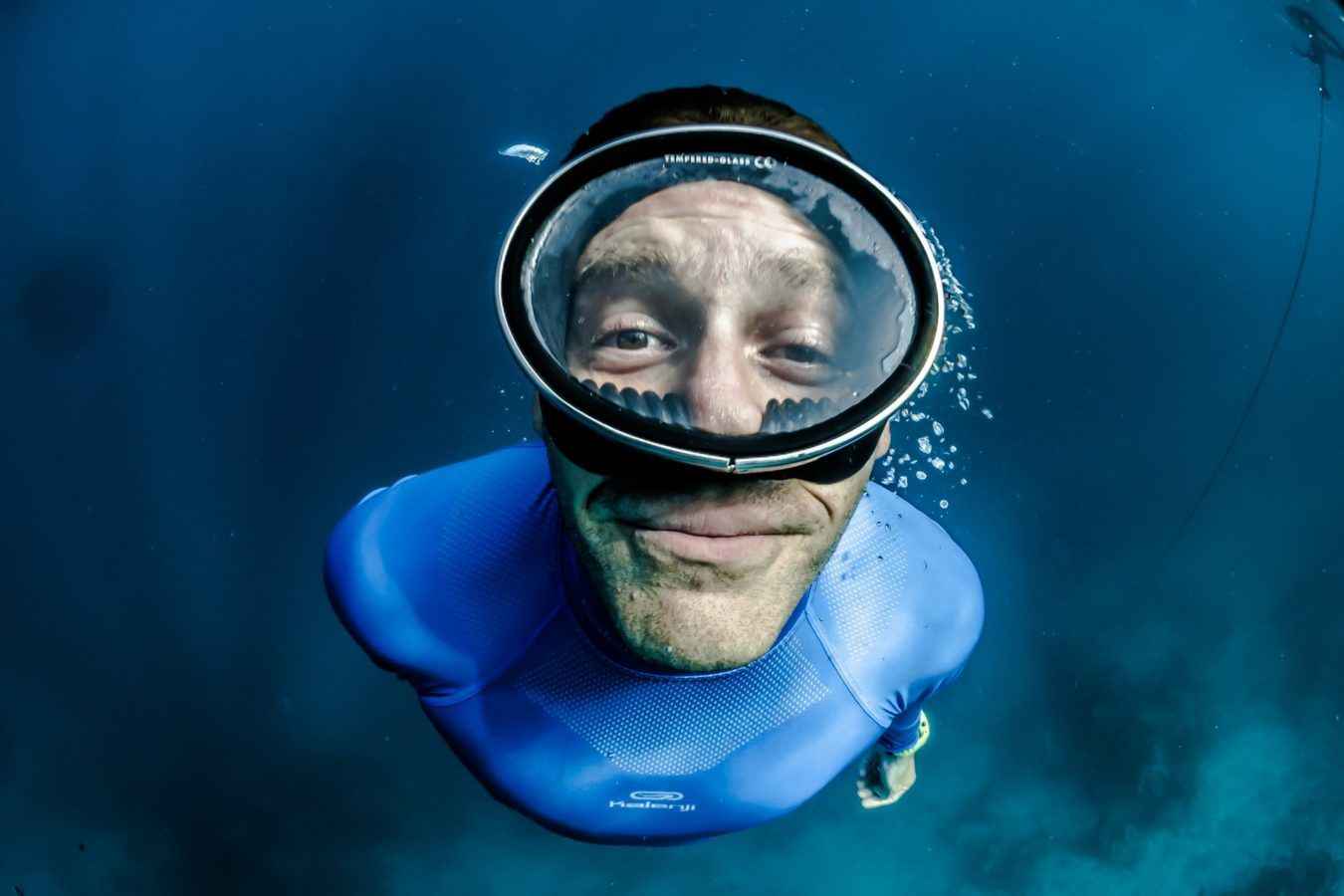All Categories
Featured
Table of Contents
Introduction
Are you ready to embark on an exciting underwater adventure? Scuba diving opens up a whole new world of exploration and discovery beneath the surface of the ocean. But before you dive in, it's crucial to have the right scuba diving gear. In this article, we'll explore the necessary equipment that every diver needs to ensure a safe and enjoyable experience. From the buoyancy control device (BCD) to the dive computer, we'll cover everything you need to know before taking the plunge into the fascinating world of scuba diving.
The Buoyancy Control Device (BCD)
The buoyancy control device, commonly known as the BCD, is a crucial piece of scuba diving gear. It allows divers to control their buoyancy underwater. The BCD is worn like a vest and is equipped with an air bladder that can be inflated or deflated to control buoyancy. It also serves as a storage unit for the scuba tank, providing a secure attachment and easy access during the dive. The importance of a properly fitted and functional BCD cannot be overstated in ensuring a comfortable and safe diving experience.
If you want to learn more about the importance of a BCD in scuba diving, check out this resource.
The Dive Computer
A dive computer is an essential tool for every diver. It allows you to monitor vital dive information such as depth, dive time, ascent rate, and decompression limits. With a dive computer, you can track your nitrogen levels and ensure that you are within safe limits to prevent decompression sickness. Some advanced dive computers also offer features like air integration, which displays remaining air pressure in your tank directly on the computer screen. Having a reliable dive computer on your wrist is like having a personal diving buddy that keeps you informed and safe throughout your dive.
If you're interested in learning more about dive computers, this resource provides helpful information and FAQs.
The Wetsuit
A wetsuit is a must-have piece of scuba diving gear, especially in colder waters. It provides insulation and protection against the cold temperatures underwater. A wetsuit works by trapping a thin layer of water between your body and the suit, which then gets warmed up by your body heat, keeping you comfortable during your dive. It also offers protection against scratches, stings, and minor brushes with underwater flora and fauna. When choosing a wetsuit, it's essential to ensure a proper fit to maximize comfort and functionality.
To learn more about choosing the right wetsuit for scuba diving, check out this informative article.
The Dive Mask
A dive mask is a fundamental piece of scuba diving gear that allows you to see clearly underwater. It creates an air pocket in front of your eyes, enabling you to see clearly while keeping water out. A good dive mask should fit snugly but comfortably, ensuring a watertight seal. It also features tempered glass lenses for durability and a wide field of view. Without a dive mask, your underwater exploration would be limited to blurred sights, so ensure you invest in a quality mask that suits your needs.
If you want to dive deeper into the importance of a dive mask, this blog post provides valuable insights.
The Fins
Fins are essential for propulsion and maneuverability underwater. They help you move through the water with ease and efficiency, conserving energy and reducing fatigue. There are different types of fins available, including open heel fins and full-foot fins. Open heel fins are worn with dive boots, providing extra protection and comfort. Full-foot fins are worn without boots and are ideal for warm-water dives. Whichever type you choose, make sure they fit correctly and allow for comfortable movement.
If you're interested in further exploring the world of scuba diving fins, this source offers valuable insights and recommendations.
Diving Accessories
In addition to the essential scuba diving gear mentioned above, there are several accessories that can enhance your diving experience. These include:
- Dive knife or cutting tool: Used for safety and practical reasons, such as freeing yourself from entanglements or cutting fishing lines.
- Dive light: A waterproof flashlight to illuminate dark underwater environments and bring out the colors of marine life during night dives or in caves.
- Dive compass: A navigation tool to help you find your way underwater and ensure you stay on course during your dive.
- Slate and pencil: Used for communication and note-taking underwater, such as writing down dive plans or communicating with dive buddies.
These accessories are not necessarily mandatory, but they can greatly enhance your diving experience and add extra safety measures. It's always a good idea to consult with experienced divers or professionals to determine which accessories are suitable for your diving goals.
What diving gear is essential for beginners?
Do I need to buy my own scuba diving gear?

Scuba diving: Gear Talk: Exploring the Latest Innovations in Scuba Diving Gear
Scuba diving Gear Talk: Exploring the Latest Innovations in Scuba Diving Gear
More about scuba diving gear: Most Upvotes
Gear: Gear Up and Dive In: Everything You Need to Know About Scuba Diving Gear
Gear Talk: Exploring the Latest Innovations in Scuba Diving Gear
© 2023 - scuba diving gear All Rights Reserved.
Latest Posts
Understanding the Importance of Visuals in Art Exhibitions
Exploring Keynote Speaking Trends
Drive Your Business Forward with Essential Marketing Tools